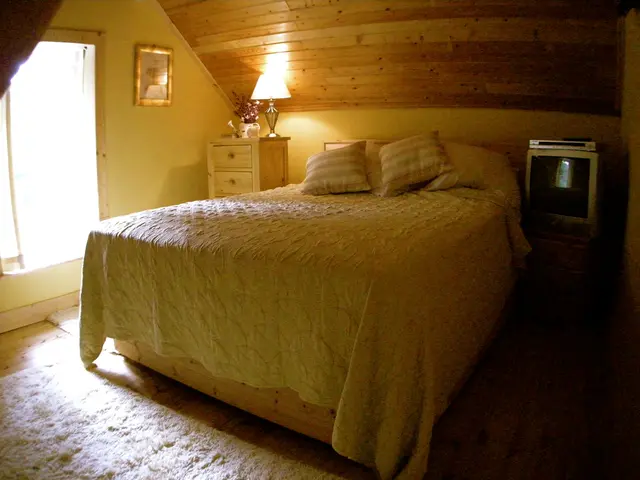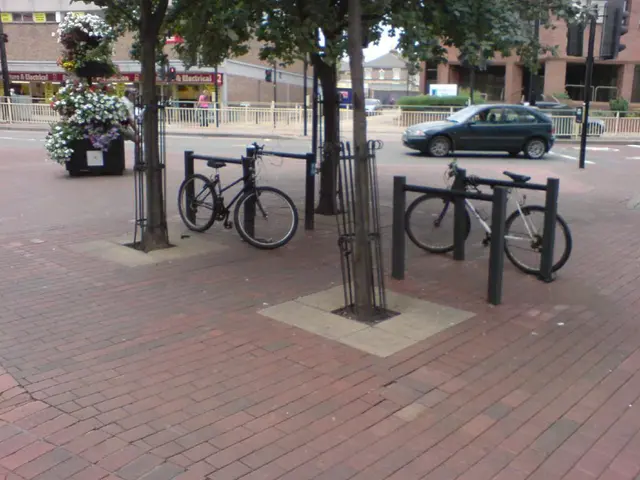Innovative Techniques to Enhance Perceived Space in a Compact Living Area
Small spaces can feel suffocating, but with some clever strategies, even the tiniest abodes can feel spacious. Here's how to leverage your limited square footage to create a home that's functional and inviting.
- Embrace Lighter Shades: Paint your walls with light colors like whites, creams, pastels, or light grays. These hues reflect light and create an illusion of openness, instantly brightening your room. Importantly, pair these shades with light-colored furniture and decor to maintain a cohesive look.
- Mirrors to the Rescue: Mirrors can be your secret weapon. They reflect light and create depth while tricking the eye into perceiving a bigger area. Strategically place mirrors to amplify natural light and create a touch of elegance with mirrored furniture.
- Maximize Natural Light: Natural light has an unparalleled ability to make a space feel enormous. Keep windows unblocked, and use sheer or lightweight curtains to let light flood in. Avoid heavy drapes that block light and make the room feel smaller.
- Declutter Ruthlessly: Clutter is the arch-nemesis of small spaces. Keep things tidy by regularly assessing your belongings and throwing away anything that doesn't serve a purpose. Use storage solutions like bins, baskets, and hidden compartments to keep things neat and organized.
- Multifunctional Furniture: If you have single-purpose furniture, your home will feel packed. Opt for furniture that serves multiple functions—like ottomans with storage or sofa beds. These pieces save space while maintaining functionality and can be tucked away when not in use.
- Utilize Vertical Space: Don’t neglect those walls. Install shelving, tall cabinets, or hanging organizers to maximize storage without crowding the room. Vertical solutions help draw the eye upward, creating an illusion of height.
- Size Does Matter: Choose furniture that fits the room. Oversized pieces can quickly overwhelm a small space. Opt for streamlined, minimalist furniture with clean lines that maintain a sense of openness without compromising comfort.
- Create Defined Zones: Differentiate areas like the living room, dining space, or work corner by using area rugs, furniture arrangements, or lighting. This prevents the space from looking chaotic and creates structure.
- Sliding Doors: Consider using sliding doors, pocket doors, or even hanging curtains. These space-efficient alternatives save valuable square footage, making them particularly beneficial in narrow spaces.
- Hang Your Curtains High: Hanging curtains close to the ceiling creates the illusion of taller walls. Keep them floor-length to draw the eye upward and amplify this effect. Avoid overly heavy fabrics that might obscure light.
- Keep Decor Minimal: Opt for a few statement pieces over overcrowding shelves or walls. A well-placed piece of art or striking lamp can make a bigger impact than a room full of trinkets. Stick to simple lines and keep decor to a minimum.
- Minimize Patterns: Large florals and stripes can make a small room look cluttered. Stick to solid colors or subtle designs that don't overwhelm the eye. If you love patterns, incorporate them through accent pillows, throws, or artwork rather than large surfaces like walls or carpets.
By combining these tips, you can create a home that feels open, organized, and larger than life.
- Transform your garden into a serene retreat by adopting a minimalist approach with decor, capitalizing on the use of light-colored flowers and simple designs for patio furniture.
- Leverage the charm of interior design by mirroring the design elements of your home, extending the style to both your home-improvement projects and your home-and-garden decor.
- Enhance your lifestyle by employing these home-improvement strategies to create an inviting living space that embraces light, organization, and clever use of space, extending from the interior to your garden.
- More than just a space for plants, consider your garden an extension of your home's interior design; capitalize on the decorative potential of garden elements like multifunctional furniture, vertical space, or mirrored water features.








